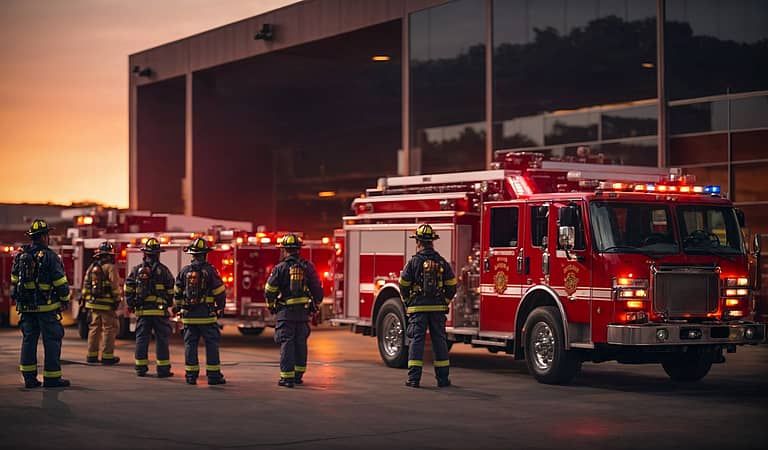As we continue to recognize Fire Prevention Month and NFPA’s Fire Prevention Week, we wanted to highlight important considerations for making sure your employees are prepared for a fire emergency and that your facility is compliant with regulatory requirements related to emergency preparedness.
To begin, it’s critical that your Emergency Action Plan (or Contingency Plan) is current. The Plan must be tailored as programs change and companies grow. Any major changes, such as a newly designated Emergency Coordinator, or modification to the rally point, require an update of the Plan as mandated by OSHA in its standard on Emergency Action Plans.
All employees must have access to the written Plan and be trained on it. It’s critical that everyone be well-versed in proper response procedures should a fire-related incident occur. Fire drills should be held annually at a minimum, so employees are familiar with the response procedures.
In addition to having a written Plan that’s current and ensuring that employees have been trained on it, it’s important to make sure your employees, and your facility, are prepared for a fire-related emergency in other ways. Things to consider include:
- Do employees know the location of all emergency equipment including fire extinguishers, fire blankets, and fire alarm pull boxes, and have they been trained on their use? Training on the general principles of fire extinguisher use is required to be conducted initially and annually per OSHA’s standard on Portable Fire Extinguishers.
- Are there an adequate number of fire extinguishers and are they properly located (i.e., a travel distance of 50 feet or less from the hazard) in an accessible/visible place, and are they visually inspected monthly and serviced annually as required by OSHA? (Note that fire extinguishers are not intended to be a substitute for evacuating the building safely and quickly.)
- Are exit/egress routes unobstructed such as by materials, equipment, or locked doors? Are egress routes wide enough (considered 36 inches for new construction and 28 inches for existing buildings per NFPA 101)?
- Are exits clearly indicated with readily visible EXIT signs, and are evacuation routes posted? Would employees know what to do if their primary evacuation route was blocked? Per OSHA, a workplace must have at least two evacuation routes to permit prompt evacuation of employees and other building occupants during an emergency; more may be needed depending on the building size and layout and number of employees.
- Are procedures in place to account for all employees after an evacuation? This would include a pre-determined rally point/meeting place and designated roll call taker(s). This is also an OSHA regulatory requirement!
Knowing the answers to these questions can help keep your employees and your facility safe during a fire-related emergency.
For additional information on preparing for a fire emergency, or for assistance developing or updating your Emergency Action Plan (or Contingency Plan), please contact us!
This blog was written by Beth Graham, Safety Partners’ Director of Quality, Research, and Training


